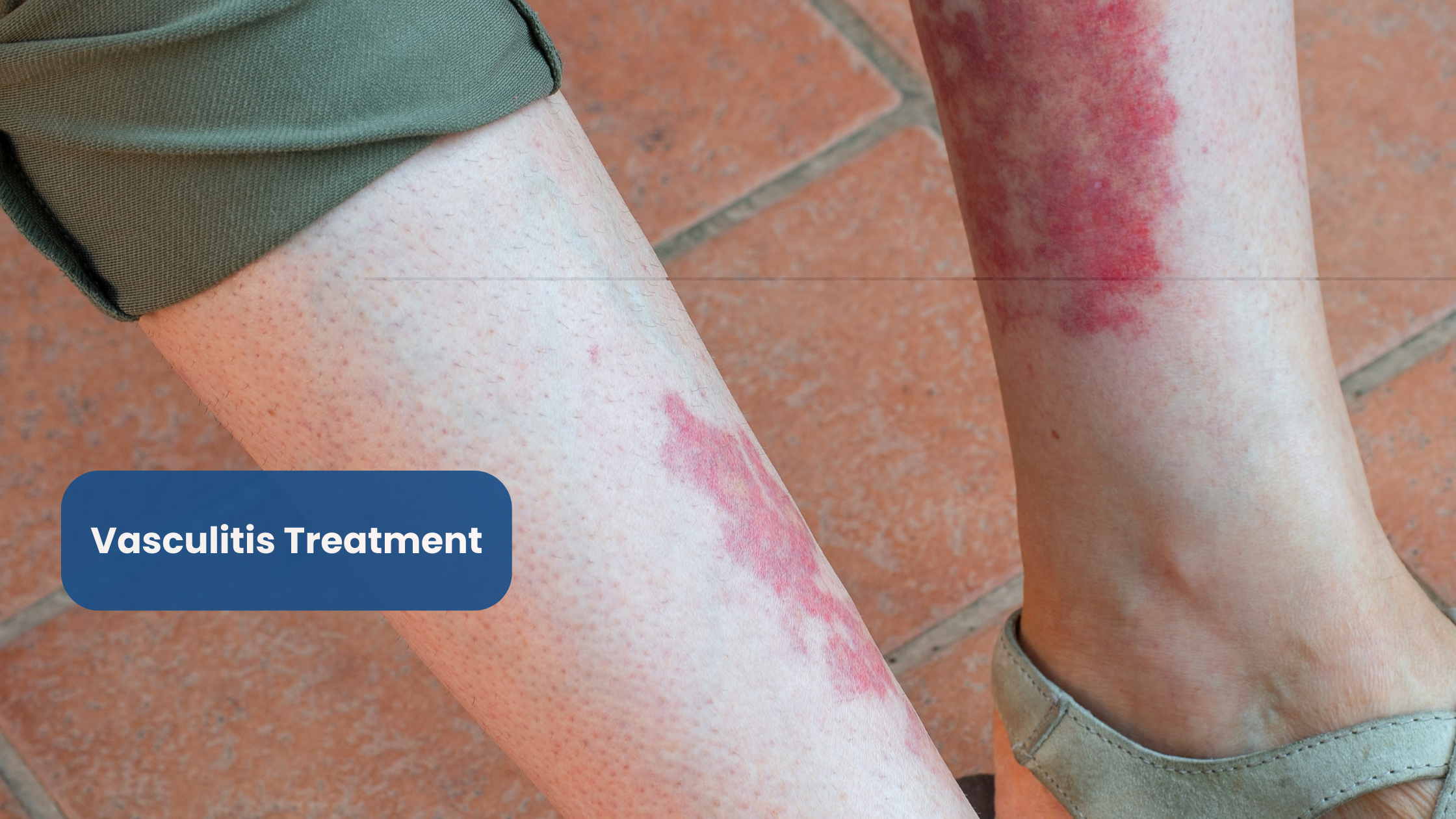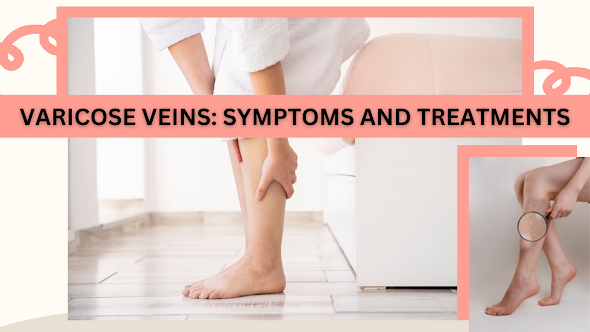How Diet and Nutrition Can Impact Vasculitis?

Careful management is necessary to improve the quality of life for individuals afflicted with vasculitis, a rare and potentially deadly disorder that is characterized by inflammation of blood vessels.The impact of nutrition and diet on vasculitis is significant, even though medicinal therapies are crucial. Check with the top hospital for best vasculitis treatment in Coimbatore . In this blog post, we explore the complex interaction between nutrition, food, and vasculitis, illuminating how certain decisions can either aggravate or lessen symptoms. Understanding Vasculitis: Prior to discussing the role of nutrition and food, it is important to comprehend vasculitis. Inflammation results from the immune system unintentionally attacking blood vessels, which causes this illness. Numerous organs and tissues may be affected by this inflammation, which can result in a variety of symptoms like fever, exhaustion, and, in extreme situations, organ damage. Vasculitis is a complicated condition


.png)

